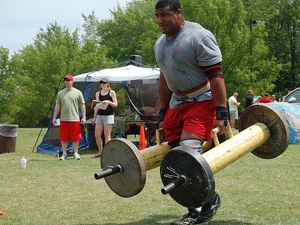For an even more in-depth look into the world of deadlifting, head on over and grab a copy of your free EBook – “The Deadlift – 8 Steps from Start to Finish”.
Setting the Scene
Holy hip mobility. You walk into the gym and see someone deadlifting with the widest stance imaginable. I mean, how in gods name are they stood so wide? What’s the point? Suddenly, you start asking questions and wondering if you’ve been “doing it wrong” or missing out on something golden this whole time. And the answer is, the sumo deadlift.
Chances are if you haven’t heard of powerlifting, you may not even be aware of what the sumo deadlift is. Or that there even is a difference. After all, almost all fitness classes only teach a poor derivative of the Romanian deadlift or conventional stance. And when ever people do perform something that looks like a sumo deadlift, it’s more likely to be a wide stance squat.
But fear not…this article will clear up the confusion and give you all the take home information you need to determine whether or not sumo deadlifting is the way to go.
WHAT?
Learn the topic.
What is the Sumo Deadlift?
First off, we need to cover what the sumo deadlift is and what it entails. The sumo deadlift is a lift characterised by a wider stance (usually well outside shoulder width and determined by your height, femur length and overall mobility), with the hands and grip placed on the inside of the legs.
This results in something resembling the following:
Muscle Activation

As is the case with the conventional deadlift, it is more or less every muscle in the body in one way or another.
However, if we compare the sumo deadlift to the conventional, research has shown key differences to occur with muscle activation of the upper back (trapezius) and quadricep muscles (3), with much lower activation of the erector spinae and hamstrings.
Benefits of the Sumo
The sumo deadlift brings with it, 3 major benefits over the conventional deadlift:
1. Lower Back Pain Management
This is a biggy one of the best rationales for performing the sumo deadlift (although not as simple as you will see towards the end of this article), but for most the sumo deadlift is much friendlier to those that suffer from back pain.
Although the conventional is still a fantastic lower back management tool, no matter how we look at it the sumo is a bit more friendly, with significantly lower lumbar compressive forces being reported (1).
2. Train the Glutes they want to be trained
This is a widely spoken debate in the world of lifting as to which lift trains the glutes the most. Research has shown that there is no significant difference to be found (3) between sumo or conventional.
However, there are two main things we need to mention here.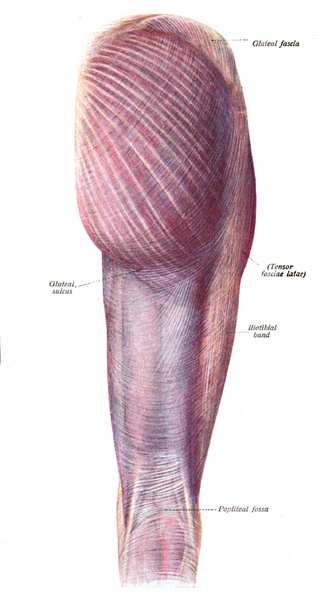
“Mind Muscle Connection”
It appears there’s a bit of an epidemic at the moment, of people being unable to effectively activate their glutes. We won’t be discussing why, but how to effectively switch them on.
To effectively train any muscle individually, or to improve the mind muscle connection, it’s important to know what, and to perform, all the movements it is involved in. The glutes for example, don’t simply extend at the hip. They also create abduction (taking the leg out away from the body) and external rotation (turning your leg outwards). When performing the sumo deadlift, all 3 principles are performed simultaneously.
Now you could rationalize that all 3 principles should be performed in the conventional deadlift. That is a good point, they should.
However, it is also much easier to feel a muscle working at the extremes of length (i.e. in a stretched position or a shortened one).
For example, do the following exercise:
Hold your arm down by your side and tense your arm.
Then slowly (as if lifting a really heavy weight) bend at the elbow. Keep bending until right at the top (tensing your arm throughout).
You will have “felt the bicep” the most, right at the top position.
To return to the deadlift, when in the sumo stance, because of wide foot position, your legs are already “abducted”, meaning the glutes are partially shortened and as a result, people tend to feel them a little more.
Also try the following exercise:
Stand up with your feet in your conventional deadlift stance. Squeeze your glutes as hard as possible.

Then take your feet out wide (into a sumo stance), rotate your feet out to about 30 degrees and do the same thing. Chances are, you will feel your glutes tighten much more on the second example.
Resisting Adduction
Now this sounds like I’m misleading you a little but bear with me.
This is where the idea of movement and the study of anatomy blend into an irritating, hard to explain grey area.
With the majority of early research on muscle tissue done either on cadavers (dead people) with electro-stimulation right through to research done on live subjects today in isolated motions, the study of a muscle is just that. The muscle.
Unfortunately, technological and methodological limitations often hinder the ability to study the muscle during active locomotion.

Thankfully however, there are a few that have done the pain staking work of delving into insane levels of depth by the like of Thomas Myers over decades of studying have found that the actions muscles can create, isn’t what they create in every day movement.
And this is where the glutes come into a play. Even though the glutes can create hip abduction, in every day life, they perform this action more commonly by “resisting adduction”, i.e. preventing the leg falling towards the midline.
“You can tell by the way I use my Walk…”
Our most primitive form of movement is in walking. All our developmental stages in life lead us towards the most efficient form of gait cycle seen throughout the animal kingdom, the human walking pattern. When we take a step forward with our left leg and support ourselves with our right leg…It is the right glute (and the left quadratus lumborum) that prevents our pelvis collapsing, our torso leaning to the left and us falling over (4).
When performing the sumo deadlift, the action of “abduction” is actually manifested as “resisting your knees being pulled inwards/adduction”. And although again, you do also perform this in the conventional deadlift, the wider stance challenging this motion to a much greater degree due to the changes in length tension of the glutes we mentioned earlier.
As a result, there is actually rationale for using the sumo deadlift to improve a faulty gait pattern.
3. Less Work
And this is why most people refer to the sumo deadlift as “cheating”.
Not only common sense (from watching how far the bar moves) but scientific research has confirmed the sumo deadlift to result in an average of 25-40% less mechanical work/effort is required to move the same load (2).
This is simply because work = force x displacement.
The bar doesn’t move as far. It’s that simple.
WHY?
Learn the science and theory.
So why do different muscles activate and why do we get these benefits?
A Quick Science Lesson
“The greater the distance from the pivot point = the greater the moment arm = the more force can be/is exerted.”
We don’t have to get too complicated really.
When you lift a weight, you both become part of the same system. Excuse the cliché, but you and the weight literally become one.
Now you are applying force to the weight, but it also applying a force directly back at you (in the form of it’s mass (kg) x gravity (9.812)).
If you imagine in this instance, that your spine is a screw that is being undone.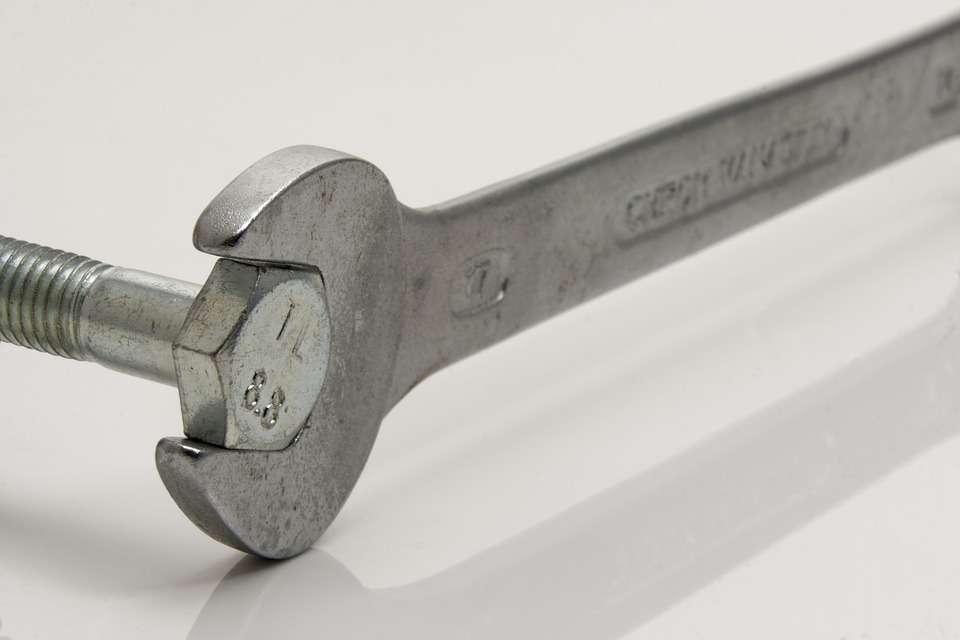
Your spine is literally being turned inwards and collapsed by the weight you are lifting…what happens when you use a longer spanner/wrench to undo a tight bolt?
The longer moment arm means you can undo the same bolt with less force. Or, you can undo a tighter bolt with the same force.
The same is true with how the bar acts on your body. The same weight, is going to have a much easier job of bending your spine in half so you look like a dog taking a dump when it is way out in front of you; than it would if you kept it closer to the body.
That’s it. Physics lesson done. I won’t even delve into individual moment arms for each joint.
We can go into that in more detail at a later date, but for now, that’s all you really need to know.
So, My Brain is Fried Thanks for that…Now What?
Within the sumo deadlift, the wider stance gives you a much broader base of support. This allows you to assume a much more vertical torso position relative to the barbell and as a result, unless you struggle with hip mobility, then the bar should be closer to your hips (i.e. the pivot point) within the sumo vs. the conventional.
And within the research our good old pal, Escamilla and Co. returns again for another research paper to show the key biomechanical differences, finding…
“The sumo group had 5-10 degrees greater vertical trunk and thigh positions, employed a wider stance (70 +/- 11 cm vs 32 +/- 8 cm) and turned their feet out more (42 +/- 8 vs 14 +/- 6 degrees)” – Escamilla et al. (3).
So we know that the vertical torso position, closer hip position and changes in muscle activation favouring the legs and upper back is gained from performing the sumo deadlift.
Why the hell don’t we always sumo deadlift?
Context
Individual Build and Comfort
This is where individual anthropometry comes into play (boom…word of the day right there).
This refers to the bodily structure of a person, such as the limb length, natural joint position etc. Although this is often used to dismiss poor movement as “individuality”, it does have a minor role to play when deciding which lift is best for you.
For example, if you’re someone who has excessively long femurs (length from your hip joint to your knee), you may have a hard time deadlifting in a conventional stance. This is simply because of the distance the bar will have to be positioned during the setup, relative to the hip joint. Meaning, you may be better off in a sumo.
If you have longer arms and shorter femurs (god damn you), then chances are you will be able to make light of deadlifting the world in a conventional stance without too much effort.
HOWEVER…
This is one of the situations where individual comfort comes into play. There are quite a few exceptions to the limb length rule, largely because of pelvic structure. Everyone’s pelvis is built differently, and some will prefer a wider stance over another.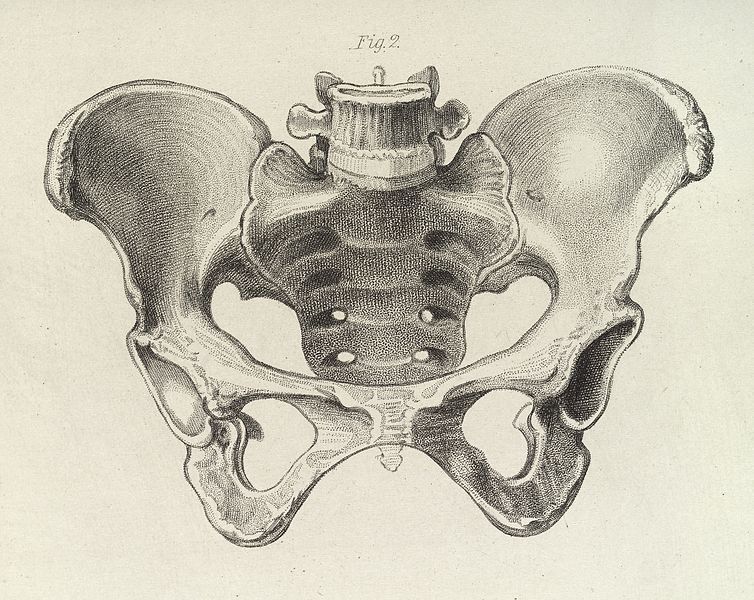
Without going into too much detail (after all, you’re probably not going to go and get an x-ray to discover what your hip joint looks like relative to your pelvis), it’s important to note that the easiest way to tell which is best for you, is to perform both for a few months and see which feels more comfortable.
For example, I love conventional deadlifting. I used to dismiss the thought of the sumo stance, until my first ever session where I hit my 5kg above my conventional max (225kg at the time) without anywhere near as much effort. Since then I’ve continuously rotated them both, but clearly I am naturally stronger in the sumo stance.
Impulse and Skill
Although there is no direct, published research on this topic, I spent a large portion of undergraduate and postgraduate studying to investigating the deadlift and found one thing – impulse is everything.
Impulse = force x time (i.e. the amount of force you can apply x how long you’re able to apply that force)
In order to overcome the inertia of the bar (the fact that the bar wants to stay glued to the ground), you have to generate a huge impulse.
Now, because the conventional deadlift is a much more natural position for most (versus standing incredibly wide), it is much easier to generate this impulse. You tend to be able to generate more force straight out of the gate, and therefore don’t have to spend as much time pushing into the ground.
HOWEVER…
This is where most people go wrong in the sumo deadlift. Due to being unable to apply force at the same rate, you have to push for longer (sounds odd I know, but if you want me to bore you with the Impulse-Momentum relationship, you need only leave a comment below).
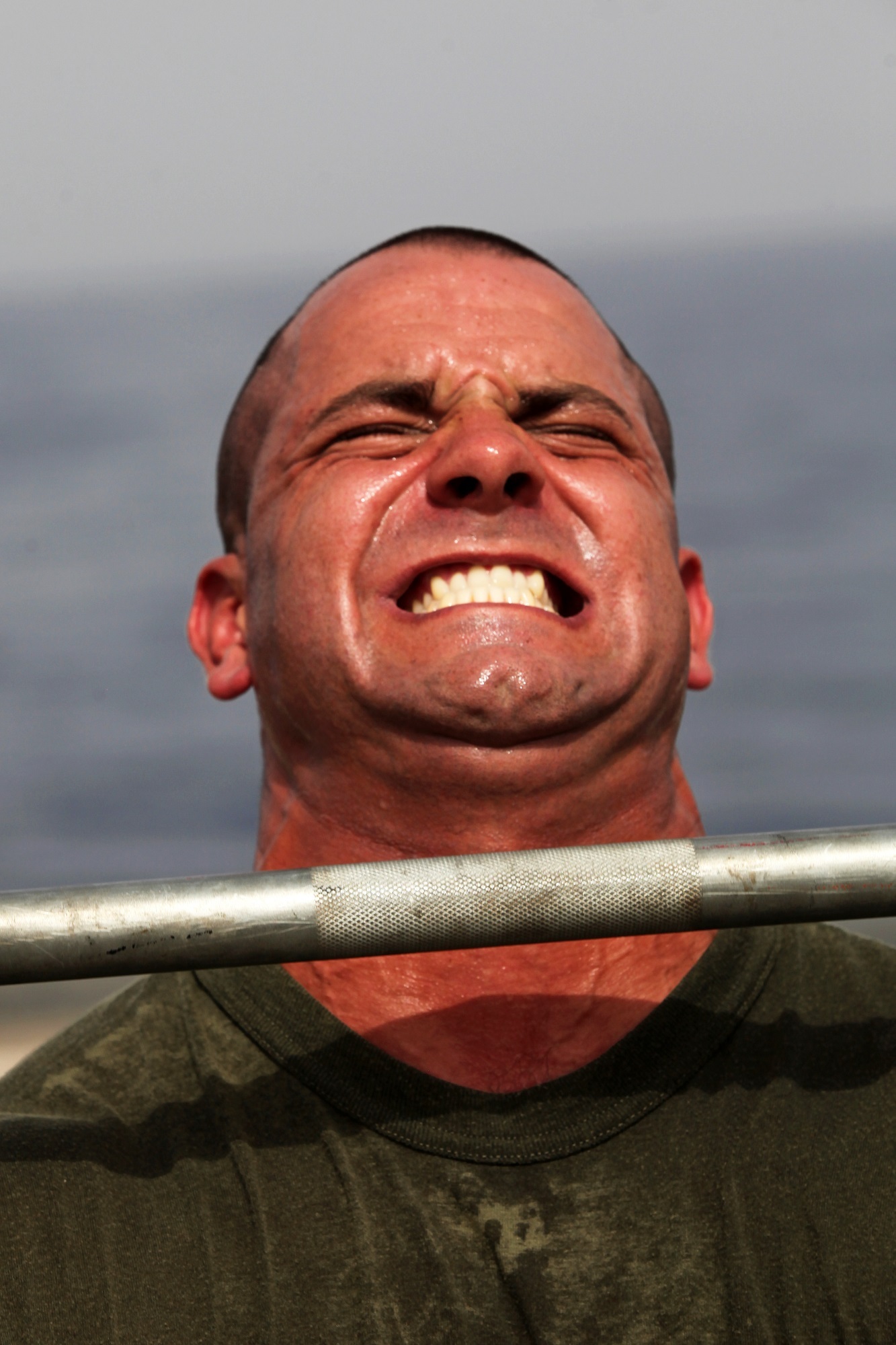
Most people…don’t like being uncomfortable for too long.
So what do they do?
They push for a little, then say, “F this”, break their form, their knees cave in and their back rounds slightly (which ironically shifts the technique towards the starting position of a conventional deadlift).
The weight rushes off the ground, and then they get stuck at lockout.
The same thing happens with all forms of deadlifting. But it is much more prominent in the sumo deadlift, because you have to apply force for longer to get the weight moving.
This is what most people refer to as the “skill” element. As well as a whole host of other factors, this is the most common area where people go wrong.
HOW?
Learn the implementation.
Check List:
- Stand with your feet outside shoulder width
- Rotate your toes out to about 30 degrees of external rotation (think about 10 past/10 to on a clock face).
- Drive your knees out wide throughout the course of the movement, both in the setup and the execution of the lift.
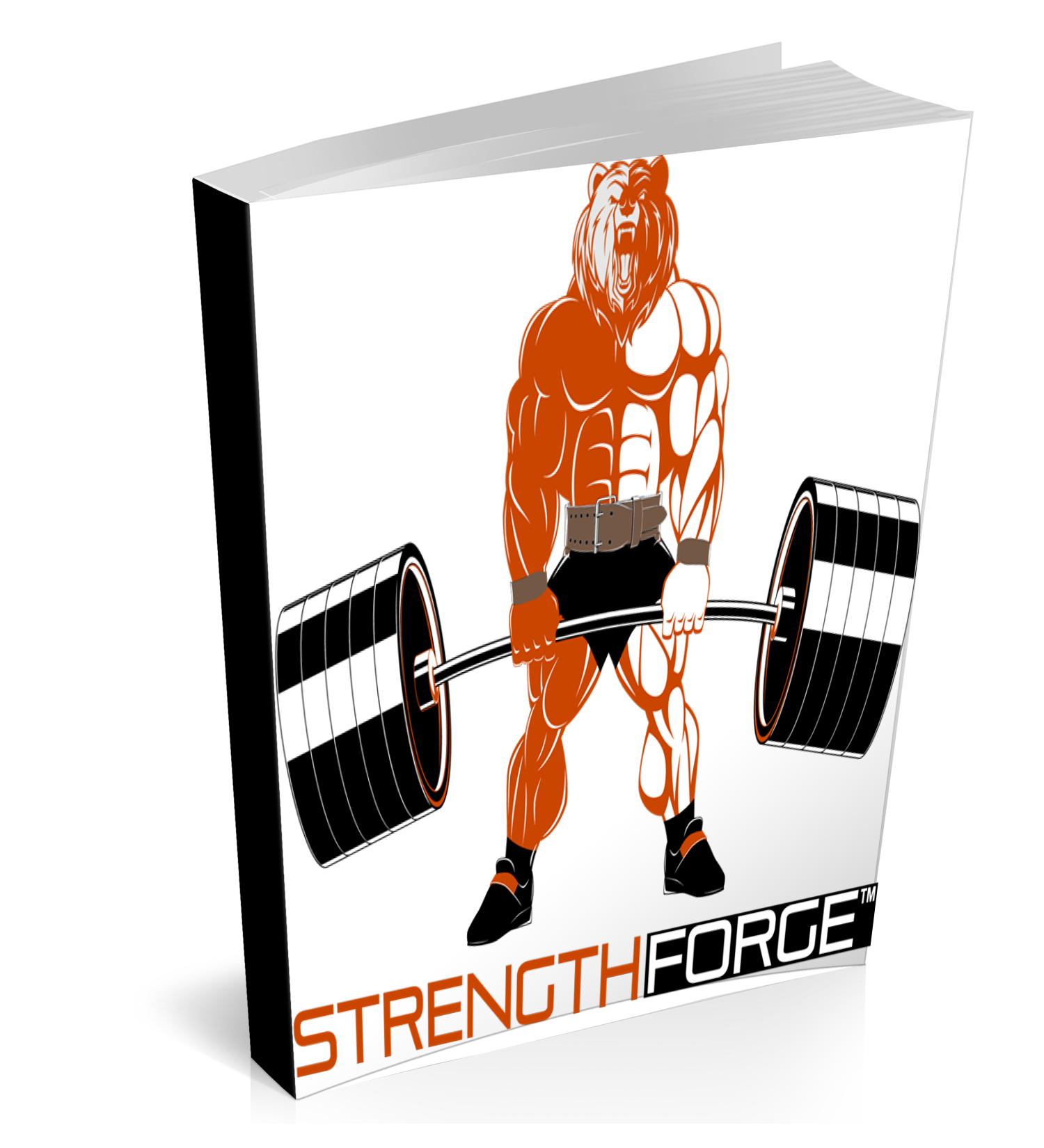
The rest of the points can be found, in a free copy of our E-Book:
“The Deadlift – 8 Steps from Start to Finish”
The conventional deadlift and sumo deadlift both possess key differences such as:
- Greater moment on the knee joint.
- Greater demand on the lateral fibres of the glutes to maintain abduction/resist adduction.
- More vertical torso position = lower lumbar compressive forces.
- Reduced ability to apply force as quickly, therefore requires more patience during the start of the lift.
However, they are largely the same movement.
Beware!
Extreme Weakness in the Core + Hyper-Mobility
Just when you thought it was over…the nerdy stuff makes a return at the last minute. This is actually the only real “beware” point I can think of when sumo deadlifting…but it’s worth mentioning. 
Bear with me…
Significant weakness in the core, results in high tone of the muscles that attach to the same apoeneurosis namely the adductor magnus/groin (7) and hip flexors.
This excessively high tone can result in reciprocal inhibition (decreased activation) of the glutes (5).
This means the glutes don’t work properly to effectively abduct/resist adduction at the hip, or to produce the hip extension (6).
This may result in a sub-optimal position in which you either can’t get into the upright torso position (due to lack of mobility) or you have the hyper-mobility, but lack the appropriate stability from the surrounding musculature to stabilise your pelvis and lower back.
In this instance, you will ultimately end up rounding your lower back and experiencing similar compression as you would in the conventional deadlift, but you’ve also stretched your hip joints under load with very little stability.

Basically, just because the sumo deadlift is closer to the hip and “doesn’t load your lower back as much” doesn’t mean you can get away with having a weak core. Make sure you’re building your core in the mean time.
Summary
- Aside from the sumo deadlift involving a wider stance and more vertical torso position…the setup and execution of the lift is very similar to the conventional deadlift.
- Due to the biomechanical differences, there is lower lumbar compression and greater activation of the quadriceps and trapezius.
- The glutes resist adduction more than they create abduction, particularly in the sumo deadlift.
- Individual build and comfort is a huge factor, as well as the impulse required – you usually have to apply force over a long period of time to lift the same weight.
- Head on over to claim your free copy of the EBook – “The Deadlift – 8 Steps from Start to Finish” to learn the key setup points for both styles of deadlifting.
- Do your groin a favour and build your core before sumo deadlifting.
Reference List
- Cholewicki, J., McGill, S. M., & Norman, R. W. (1991). Lumbar spine loads during the lifting of extremely heavy weights. Medicine and science in sports and exercise, 23(10), 1179-1186
- Escamilla, R. F., Francisco, A. C., Fleisig, G. S., Barrentine, S. W., Welch, C. M., Kayes, A. V., … & Andrews, J. R. (2000). A three-dimensional biomechanical analysis of sumo and conventional style deadlifts. Medicine and science in sports and exercise, 32(7), 1265-1275
- Escamilla, R. F., Francisco, A. C., Kayes, A. V., & Speer, K. P. (2002). An electromyographic analysis of sumo and conventional style deadlifts. Medicine and science in sports and exercise, 34(4), 682-688
- Levine, D., Richards, J., & Whittle, M. W. (2012). Whittle’s Gait Analysis-E-Book. Elsevier Health Sciences
- Mills, M., Frank, B., Goto, S., Blackburn, T., Cates, S., Clark, M., … & Padua, D. (2015). Effect of restricted hip flexor muscle length on hip extensor muscle activity and lower extremity biomechanics in college‐aged female soccer players. International journal of sports physical therapy, 10(7), 946
- Sahrmann, S. (2002). Diagnosis and treatment of movement impairment syndromes. Elsevier Health Sciences.
- Valent, A., Frizziero, A., Bressan, S., Zanella, E., Giannotti, E., & Masiero, S. (2012). Insertional tendinopathy of the adductors and rectus abdominis in athletes: a review. Muscles, ligaments and tendons journal, 2(2), 142.






